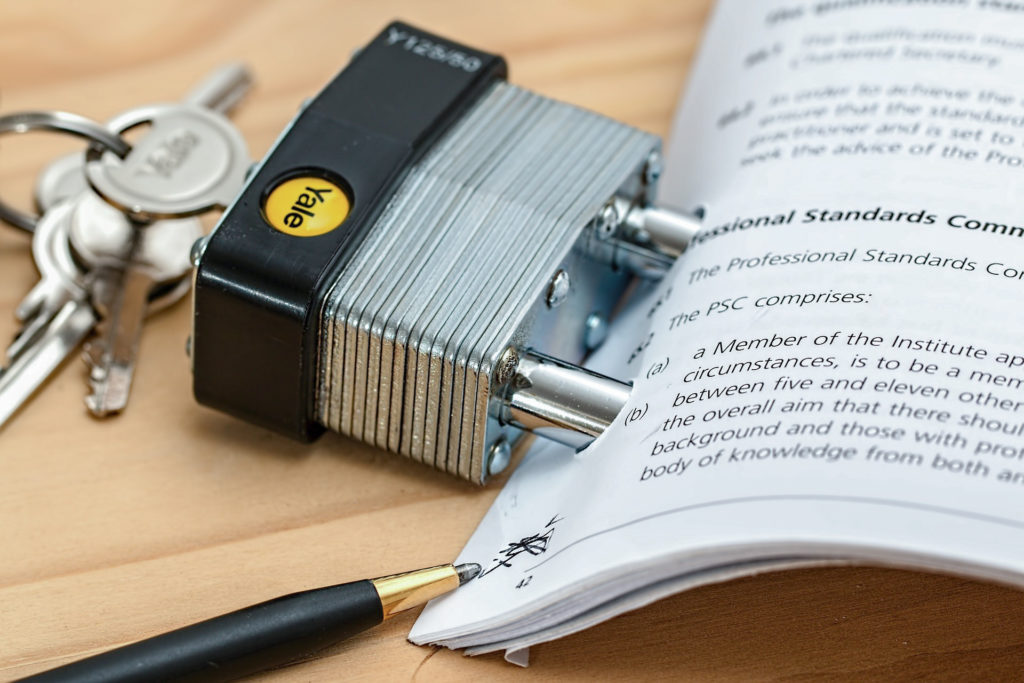SOC-2 and ISO 27001 Compliance and Cybersecurity
June 8, 2021
Under Attack? Contact Us

Nearly every business is in the business of acquiring and storing customer data. The question now becomes, how do you properly house this information according to regulations? Ensuring cybersecurity compliance should be a top priority, as a security breach can lead to significant financial losses, legal troubles, and a lack of consumer confidence. Businesses have a variety of ways to meet security compliance requirements and best practices — with two common audit options being SOC-2 and ISO 27001.
These two compliance audits have different methods, but are focused on the same goal: data protection. Neither option is inherently better, but the choice of which one to invest in is dependent on the business’s needs, expertise, resources — and ultimately, preference.
We’re deconstructing the overarching details of SOC-2 and ISO 27001 compliance, as well as the benefits, and the differences between these two security audits. In order to best protect sensitive information, businesses need to make informed decisions regarding their compliance behaviors. However, keep in mind that a security plan should be holistic in scope and focused on prevention, not incident response.
Service Organization Controls (SOC) are a set of security standards created by the AICPA, that assess and rate the competency of an organization’s information control. The audit focuses on five different areas:
These five areas are seen as the necessary control levers that must be in place and properly addressed to ensure data security is maintained. The specific criteria for what makes up these areas are as follows:
ISO 27001 is a framework created by the International Organization of Standardization to help companies best oversee their information security management systems. Risk management is a key part of ISO 27001, as it helps identify where strengths and weaknesses lie within a company’s security plan and architecture. This compliance guide is broken down into 12 standards:
From there, the ISO 27001 looks at practices in 14 different control areas. The audit examines how these areas are being monitored, secured, and addressed within a company.
Both SOC-2 and ISO 27001 compliance audits and practices are well-respected in the security industry. Any business actively achieving these recommendations and internal cybersecurity examinations is taking a proactive step toward a holistic security program. These two compliance frameworks offer several benefits that will make any business or organization safer and better prepared for data breaches/attacks.
A SOC-2 compliance audit offers flexibility and customization to the organization. With this audit, only the area of security is technically required, with the remaining four being optional. Additionally, a SOC-2 audit provides two evaluation types. The first, Type 1, examines your security controls and program from a single point in time. Type 2 looks at your security over a longer period, such as six to 12 months. SOC-2 audits can also be performed virtually, a beneficial feature during the era of COVID-19 and an increasing remote workforce.
From this audit, your organization will be able to know:
ISO 27001 is an intensive, documentation-heavy audit that has numerous diagnostic points that are examined. If all points are met with satisfaction, a certification will be administered to your organization. An ISO 27001 certification holds respect among stakeholders and consumers. This certification is internationally recognized and affirms that your organization is taking necessary steps to mitigate outside threats and protect sensitive information.
From this audit, your organization will be able to know:
Again, both a SOC-2 report and ISO 27001 certification are positive investments in your company’s cybersecurity wellbeing. It assists in the credibility of your business to ensure clients and stakeholders that you are taking the necessary steps to protect information and your enterprise. Essentially, both compliance audits are the security community’s version of a SWOT analysis. However, a few key differences exist:
If you’re looking for more guidance on how to move your cybersecurity program forward, CDG can help. We are shifting the cybersecurity consulting paradigm to address the needs of mid-market, cloud-native or cloud-reliant companies who are experiencing rapid growth.
Founded in 2016 by global security expert Lou Rabon, our nimble team draws on decades of experience and diverse technical expertise to deliver a full spectrum of information security advisory and implementation services on a fixed-cost basis. Our right-sized, results-driven approach will help you meet your immediate needs, but also ready you to navigate what’s ahead. Get in touch, and see what results are possible for your organization.
Copyright © 2024 CDG. All Rights Reserved